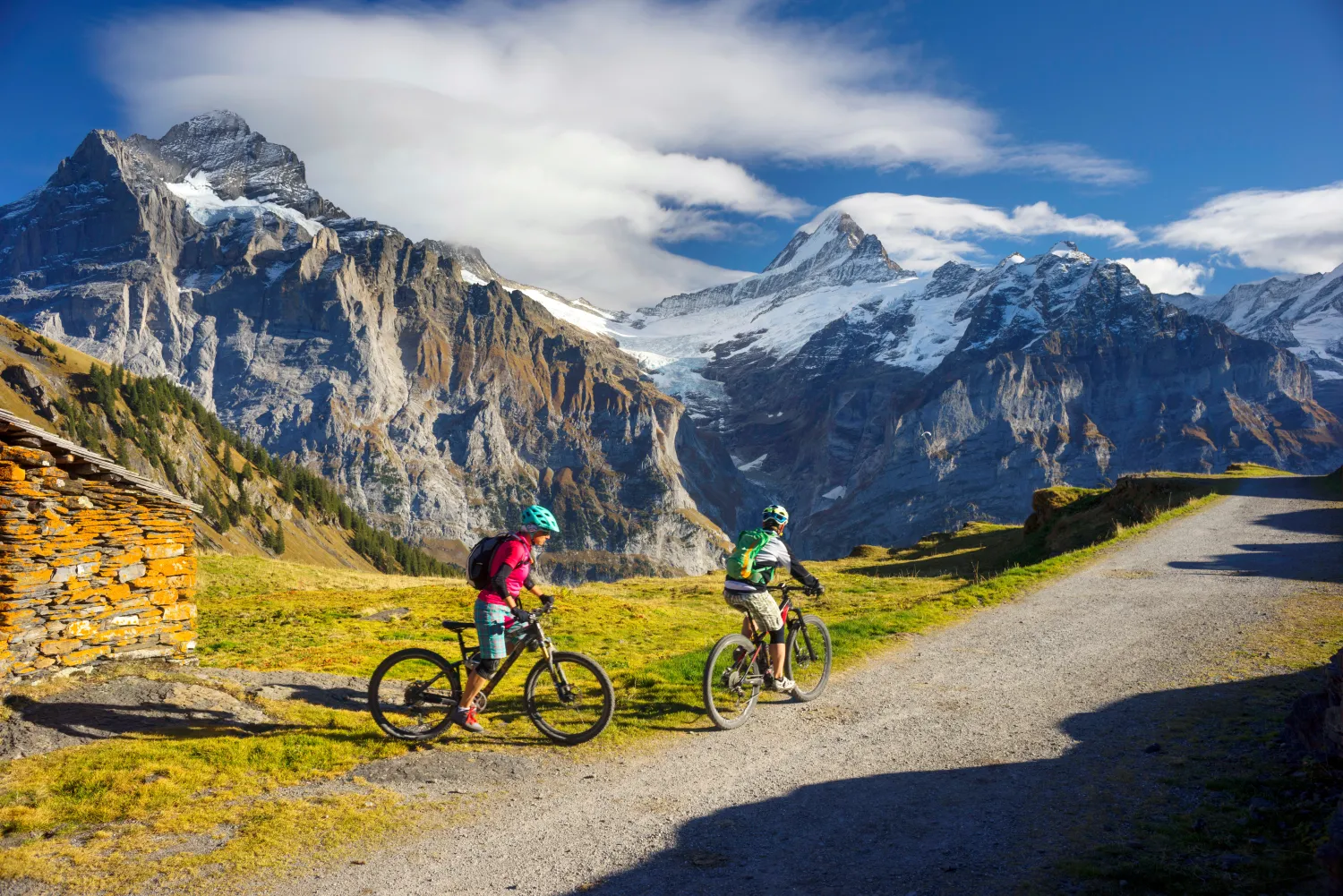Mountain biking on your own is an enjoyable experience, but it can be a dangerous one if you don’t prepare it properly. It can sometimes be hours before anyone passes by on deserted trails, so be sure to consider these tips for a safe bike ride.
1.take your phone
A cell phone is a must-have for every outing, because it can save your life, and a simple phone call can sometimes get you out of the most desperate situations. Keep it close at hand, in a safe, dry place where it won’t fall out and be damaged.
If you enter a white zone, make sure you are ready and able to walk back to a covered area.
To avoid this problem, one trick many riders use is to carry a satellite phone which allows you to be reached and to make calls, whatever your position. Although more expensive, these phones quickly prove to be a good investment, especially if you like to set off regularly for long bike rides in the mountains. By giving you a greater sense of security, you’ll also have greater self-confidence.
2.tell your friends and family about your bike trip
The first thing to do before setting off on a hike is to tell someone close to you that you’re going out. Tell them where you want to go and how they can get there, so that they can pick you up quickly if necessary. Don’t forget to give them an idea of when you’ll be back, and to let them know if you’ll be riding longer than planned. They need to be able to reach you, and we advise you to save their number as a shortcut. In the event of an accident, having to press just one key can be extremely practical.
Also make a list of emergency contacts. A label on the inside of your helmet, or a simple piece of paper stuck to it, can come in handy when you’ve run out of means of communication and need to borrow someone else’s phone. This list is also useful in the event of an accident for rescue and medical teams.
3.Bring a GPS device
By embedding a GPS device device independent of your phone, you can be sure you’ll never get lost. One option is to attach it directly to your handlebars for a quick and easy look.
You’ll have access to the exact route you’ve taken, and if you get lost, you’ll be able to find your way back.
By displaying your ride data, you can plan your routes, analyze potential paths and follow different maps. With enough practice, mountain bike navigation will hold no secrets for you, and the fear of getting lost will be a distant memory.
4.carry a repair kit
Tube, link, pump, derailleur hanger, tire iron… It’s important to bring everything you need to repair a puncture or minor mechanical problem. The further away you are from civilization, the better prepared you need to be.
It’s just as important to have the right equipment as it is to know how to use it. In this respect, it may be a good idea to take a few mechanics courses at your local cycling association, or look at the many tutorials available on the Internet, at least to acquire the basic skills.
5Ride on familiar trails
If you’re just starting out, or are at an intermediate level, going on hikes you know well is the best option when you want to go solo. On a known route, you’re less likely to be surprised by a difficult section that could lead to a fall. Knowing where the descents, small jumps and obstacles are will enable you to anticipate your accelerations and decelerations as best you can, for a smooth crossing.
6Eat and drink before and during exercise
When you ride a mountain bike, you sweat a lot and burn a lot of calories. You’re going to need energy to work your muscles and keep you alert, as fatigue is very often the cause of injury.
Bring along nutrient-rich, easily transportable foods such as energy bars, nuts or bananas.
As far as drinks are concerned, water is your best ally. If it’s cold, you might consider a thermos of tea. In any case, sugary drinks such as soda should be avoided. They’ll only give you short-term energy without sufficient hydration. Staying hydrated throughout the trail is essential.
7.pack a first aid and survival kit survival kit Cycling alone means you have to rely on yourself. In the event of danger or accident, without a first-aid kit, you’ll need to be able to contact someone quickly, which isn’t necessarily possible. In this sense, it’s best to be as self-sufficient as possible. Among the items you’ll need: bandages, painkillers, gauze, alcohol, scissors, tape, water purifiers…
It’s also a good idea to pack a survival kit containing waterproof matches, a compass and a thermal blanket. There are many complete kits available, with minimum weight and volume.
8.wear protective equipment
It may seem obvious, but we can’t stress it enough: wear the right protective gear. At the very least, make sure you have a comfortable, well-fitting helmet, goggles and knee and elbow pads.
Mountain biking requires you to be alert and vigilant at all times. Slippery rocks, roots and branches can knock you off your feet if you’re not focused, and that can be dramatic.
And don’t forget your lights and headlamp. As the days start to shorten, it’s easy to get caught out by nightfall, making it difficult to see potential obstacles.
Last but not least, there are inherent risks in going on a solo mountain bike tour or trip, but with the right precautions and a carefully prepared rucksack, it’s virtually harmless.
So don’t wait any longer to take full advantage of the many benefits of solo mountain biking: independence, the ability to go at your own pace, flexibility of location and duration, self-improvement, introspection, stress relief, rediscovery of familiar landscapes and trails…




